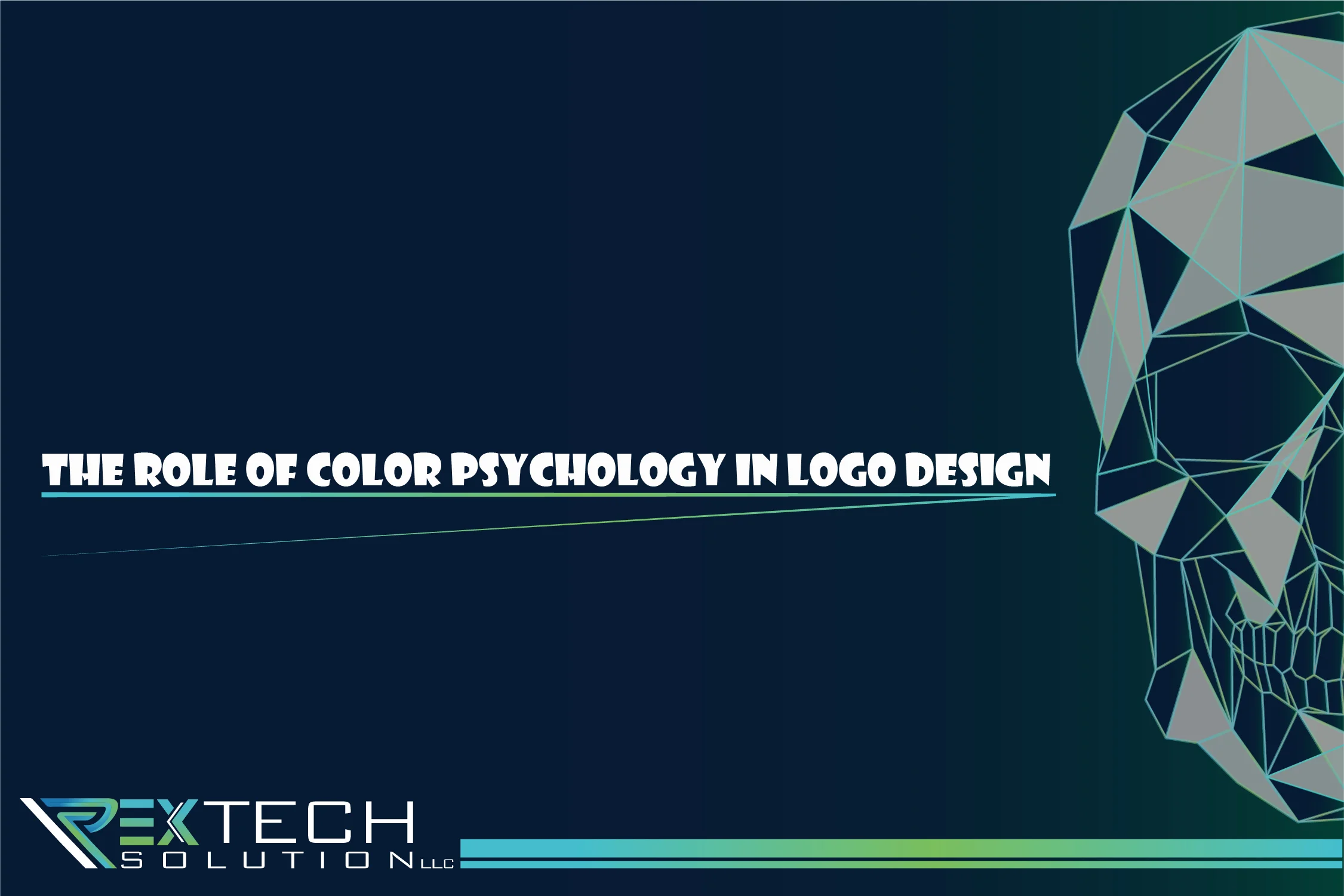Color psychology plays a crucial role in logo design, influencing how a brand is perceived and how consumers connect with it. Understanding the psychological effects of colors can help designers create logos that effectively communicate a brand’s values and resonate with its target audience. In this article, we’ll explore the significance of color psychology in logo design and how different colors can impact consumer perception.
The Importance of Color Selection
Color selection is a critical aspect of logo design, as different colors can evoke different emotions and associations. It’s essential to choose colors that align with the brand’s identity and the message it wants to convey. For example, blue is often associated with trust and professionalism, making it a popular choice for corporate logos.
Emotional Responses to Colors
Colors can evoke a wide range of emotions and associations. For example, red can evoke feelings of excitement and passion, while green can evoke a sense of calm and tranquility. Understanding these emotional responses can help designers choose colors that resonate with the brand’s target audience.
Cultural Considerations
It’s also important to consider cultural differences when selecting colors for a logo. Colors can have different meanings and associations in different cultures, so it’s crucial to choose colors that are appropriate for the target market.
Creating Brand Identity
The colors used in a logo can help create a strong brand identity and differentiate a brand from its competitors. Consistent use of color in branding can help build brand recognition and loyalty among consumers.
Impact on Consumer Behavior
Colors can also influence consumer behavior. Studies have shown that certain colors can affect how people perceive a brand and can even influence their purchasing decisions. For example, warm colors like red and orange can create a sense of urgency, prompting consumers to take action.
Conclusion
Color psychology is a powerful tool in logo design, shaping how consumers perceive and interact with a brand. By understanding the emotional and cultural associations of different colors, designers can create logos that effectively communicate a brand’s values and resonate with its target audience.

